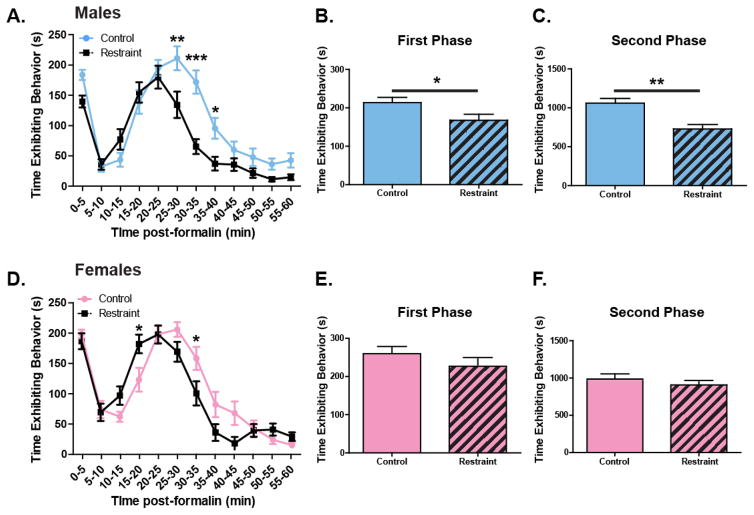Figure 1. Acute restraint stress alters spontaneous pain-like behaviors in male and female mice following formalin injection.
Following 30 min of restraint and a 15 min grooming period male (n=18) and female (n=17) mice received an injection of 2% formalin in the right rear paw. The amount of time animals spent exhibiting pain-like behaviors were totaled in 5 min bins over the course of 60 min. Both restrained and non-restrained males exhibited traditional biphasic response curves, however restrained animals displayed significantly fewer pain-like behaviors, particularly 25–40 min following injection (A. Two-way ANOVA: effect of restraint, p=0003; effect of time, p<0.0001; effect of restraint x time, p<0.0001; Bonferroni post-test: 25–30min, ** p<0.001; 30–35min, ***p<0.001; 35–40min, *p<0.05). When each phase was analyzed individually, there was a significant effect of acute stress on pain during both the peripherally mediated first phase (B. unpaired t-test: p=0.036) and the centrally mediated second phase (C. unpaired t-test: p=0.0004). Both restrained and non-restrained females exhibited biphasic response curves following formalin treatment. There was a significant interaction between restraint and time (D. Two-way ANOVA: effect of restraint, p>0.05; effect of time, p<0.0001; effect of restraint x time, p=0.0001; Bonferroni post-test: 15–20min, * p<0.05; 30–35′, *p<0.05). When each phase was assessed individually, restraint had no effect in neither the first phase (E. unpaired t-test: p<0.05), nor during the second phase (F. unpaired t-test: p>0.05).

